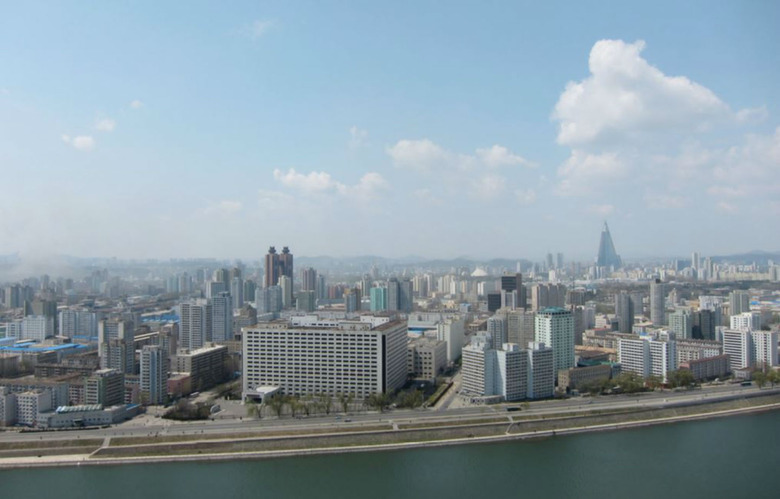What's The Food Like In North Korea?
For North Korea's more than 24 million citizens, life can be a struggle. North Korea's isolation and totalitarian regime has long been the subject of global scrutiny, earning it the nickname "The Hermit Kingdom" in the mid-nineteenth century after spurning relations with European powers infringing on East and Southeast Asia. The internet is widely inaccessible for citizens, contact with tourists is strictly limited, and there is essentially no independent broadcast media. Radio and televisions are locked into government stations, and it is against the law to listen to foreign broadcasts, which the government also blocks.
But what's the food like?
For the vast majority of North Koreans, who have to subsist on an annual income of less than $2,000, the most commonly-eaten foods include boiled rice, porridge made from corn, and kimchi, with little to no protein (and that's when there isn't a famine). Other popular foods there include injo gogi bap, a sausage made from leftover soybeans; naengmyun, cold noodles made from wheat, buckwheat, and/or potatoes; bulgogi, thin-sliced, marinated, and grilled meat (also popular in South Korea); sinseollo, a DIY platter of raw vegetables, meat, and dumplings cooked at the table a la Korean barbecue; soondae, blood sausage made with ginger, sesame seeds, and small intestine of beef or pork; and tofu bap, fried tofu skin filled with rice. To wash it all down, they drink soju, rice wine with an alcohol content averaging about 23 percent.
If you plan on visiting North Korea anytime soon, however (and we'd advise against it), don't expect to love the food; one visiting journalist called it "the worst food I've ever had in my life."
